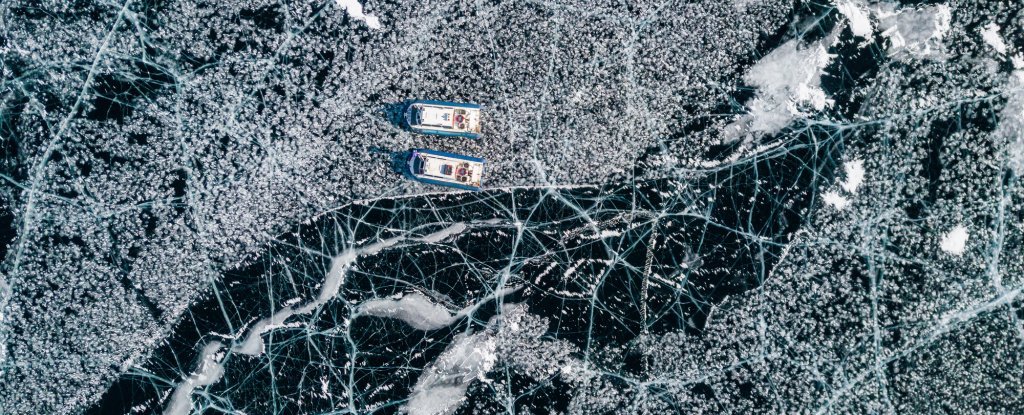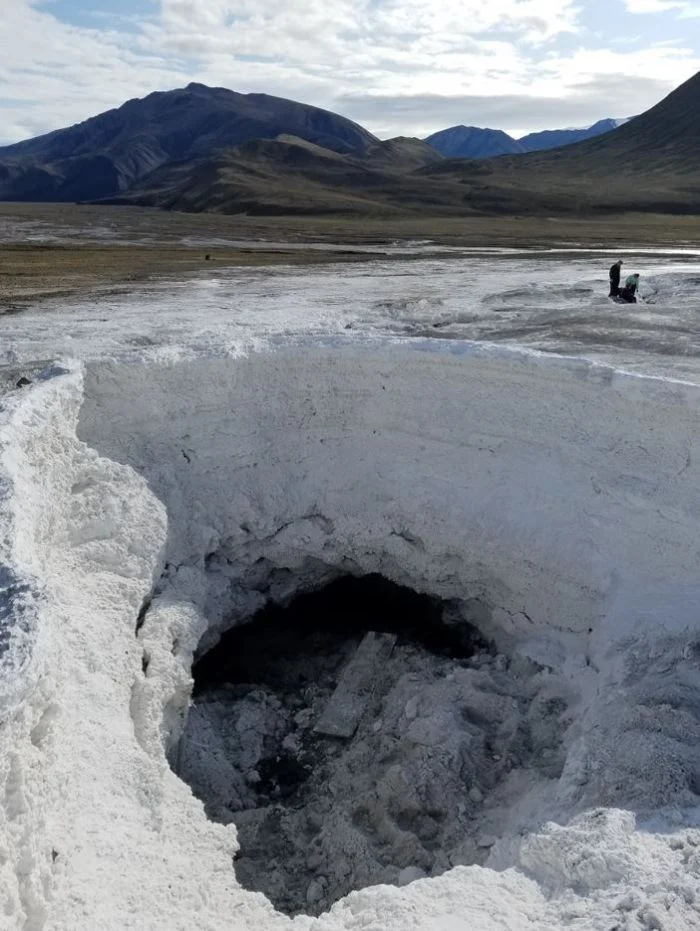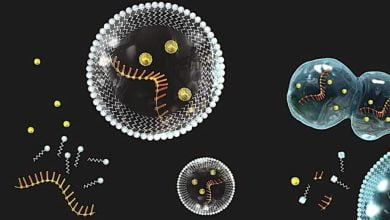
Life discovered in Low-Oxygen, Super-Salty and Ice-Cold Arctic spring
(ORDO NEWS) — Once again, life has been discovered in an environment that would be deeply inhospitable to most organisms living on our planet.
Fed by waters that run through 600 meters (1,970 feet) of permafrost, the cold, salty, virtually anoxic Lost Hammer spring in the Canadian Arctic is one of the harshest places on earth. However, even here life finds a way out.
Scientists have discovered microbes thriving in salt water that seeps from deep within the permafrost, and this could be a hint of extraterrestrial microbial life that can be found (if it exists at all) on Europa, Enceladus or Mars.
Life in an extraterrestrial environment will not be easy to find. Scientists believe that one of the best options may be an environment that overlaps as much as possible with the environment on planets where life is most likely to exist.
Oceanic worlds like Jupiter’s moon Europa and Saturn’s moon Enceladus don’t have much in common with desert worlds like Mars, but there are some characteristics we can assume.
Evidence suggests that extremely cold, salty oceans may be hiding beneath the icy shells of Europa and Enceladus. Mars may also have liquid salt lakes trapped beneath its surface.
These environments are likely to be hypersaline. Since salts lower the freezing point of water, they are also likely to have a negative temperature. And it is more than possible that they are extremely low in oxygen.
Not so long ago, scientists discovered evidence that hypersaline lakes may exist under the south polar ice cap of Mars. Although this discovery is still the subject of heated debate, if there are lakes, then Lost Hammer Spring comes pretty close to what we imagine them to be.
From deep within the permafrost, water with a dissolved oxygen content of less than one part per million, a salinity of about 24 percent, and a temperature of about minus 5 degrees Celsius (23 degrees Fahrenheit) seeps to the surface. Imagine trying to live in such water. You wouldn’t be able to without significant help.
But germs have been found in some pretty crazy places. Given the similarities to lakes on Mars, microbiologist Elyss Magnuson at McGill University in Canada and her colleagues set out to see if Lost Hammer Spring could be one of them. Although it wasn’t easy.

“It took several years of sediment work before we were able to successfully detect active microbial communities,” Magnuson explained.
“The salinity of the environment interferes with both extraction and sequencing of microbes, so when we were able to find evidence of the existence of active microbial communities, it brought us great satisfaction.”
The next step was to compile a rough characterization of the microbial community. To do this, the team sequenced scraps of genetic material found in the samples, sorting them by the number of microbes belonging to the various known microbial phyla.
Most of the microbes found were completely new to science and had specific adaptations that allowed them to not only live, but thrive in a place like Lost Hammer Spring.
“The microbes we found and described at Lost Hammer Spring are amazing because, unlike other microorganisms, they don’t depend on organic material or oxygen to live,” said microbiologist Lyle White of McGill University.
Instead, they survive by eating and breathing simple inorganic compounds such as methane, sulfides, sulfate, carbon monoxide and carbon dioxide, all of which are found on Mars.”
“They can also take in carbon dioxide and nitrogen from the atmosphere, and all this makes them very adapted to survive and thrive in very extreme conditions on Earth and beyond.”
This type of metabolism is known as chemolithotrophic, and has only been found in microbial organisms, at least here on Earth, and usually under fairly extreme conditions. So if there is life on Mars with such a survival strategy, then, judging by what we know about Earth and Mars, it is most likely very small.
The team plans to grow and study some of the most active members of the microbial community to try and learn more about how they have adapted to thrive in such an inhospitable environment. This information could help us better understand the likelihood of such organisms appearing in places like Mars, the researchers say.
Only one burning question remains: Who is the poor fellow who lost his hammer 600 meters below the arctic permafrost?
—
Online:
Contact us: [email protected]
Our Standards, Terms of Use: Standard Terms And Conditions.








